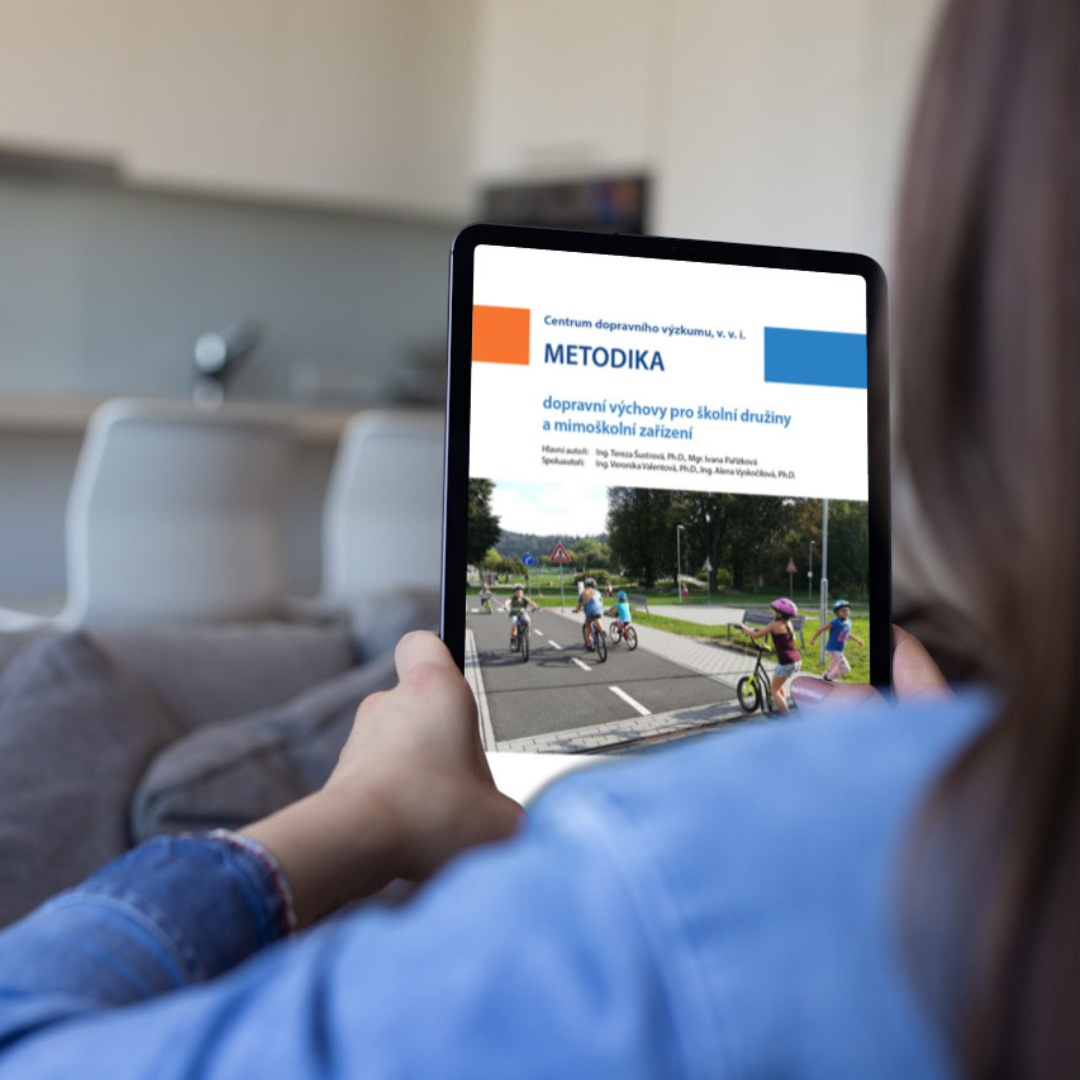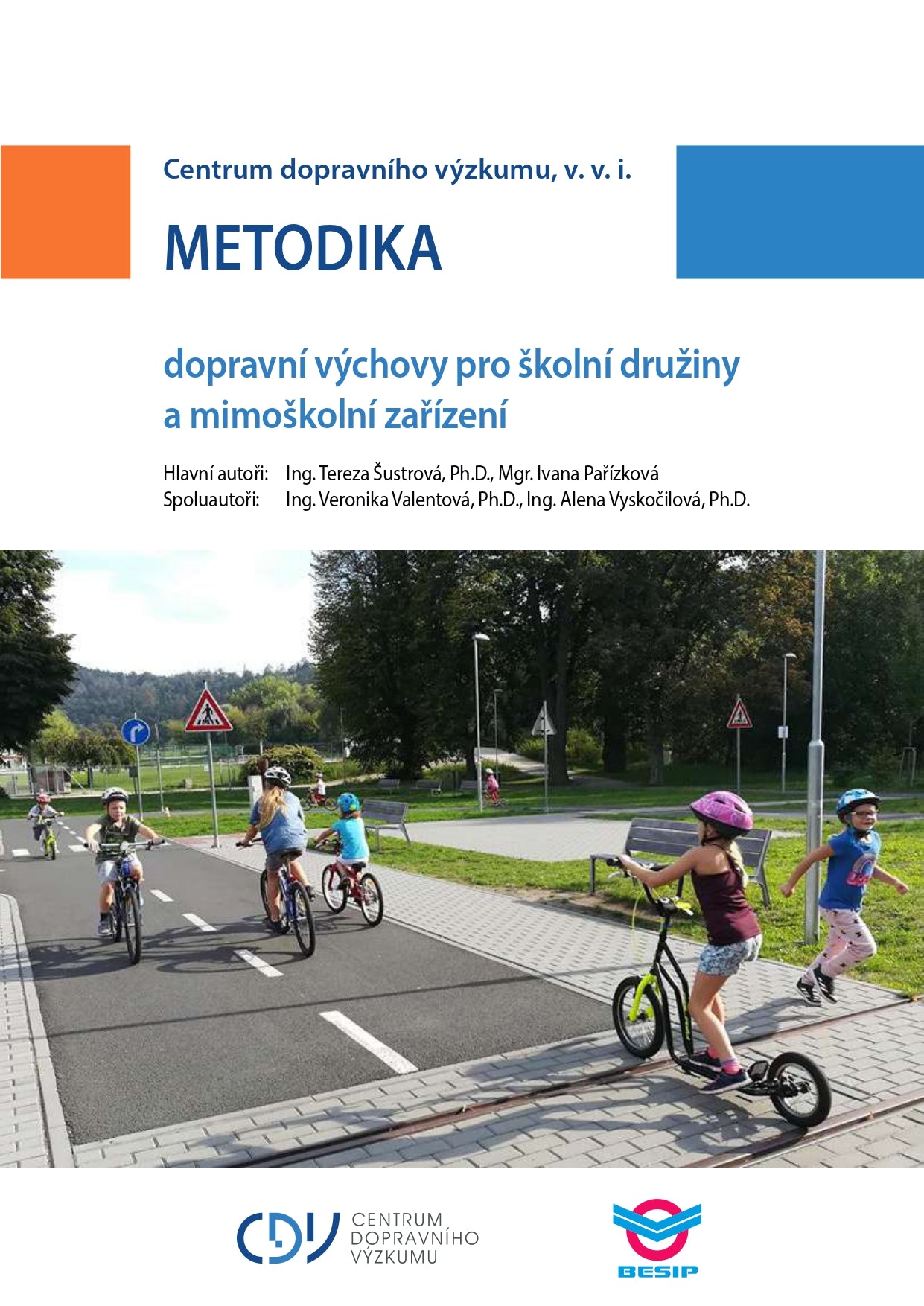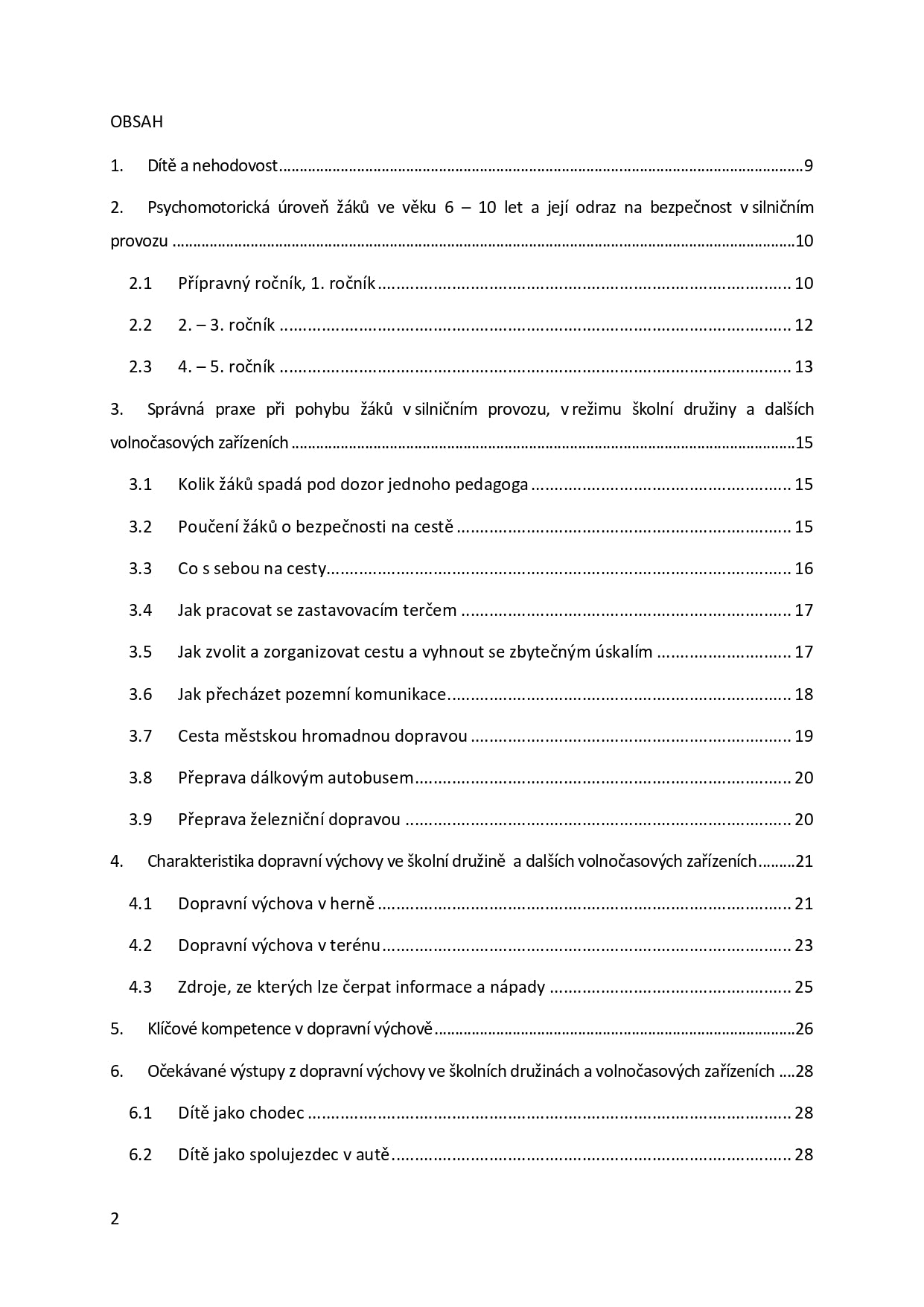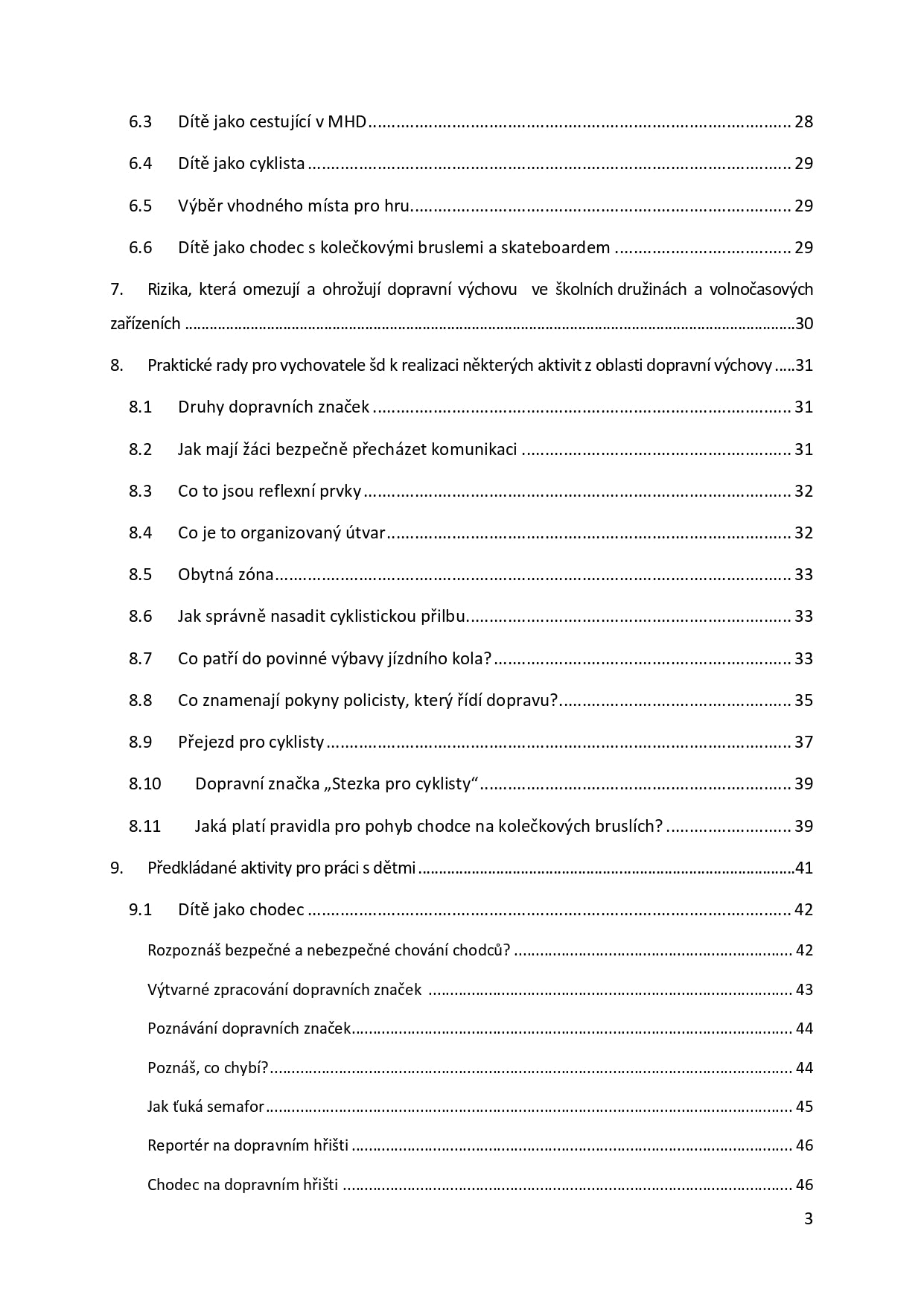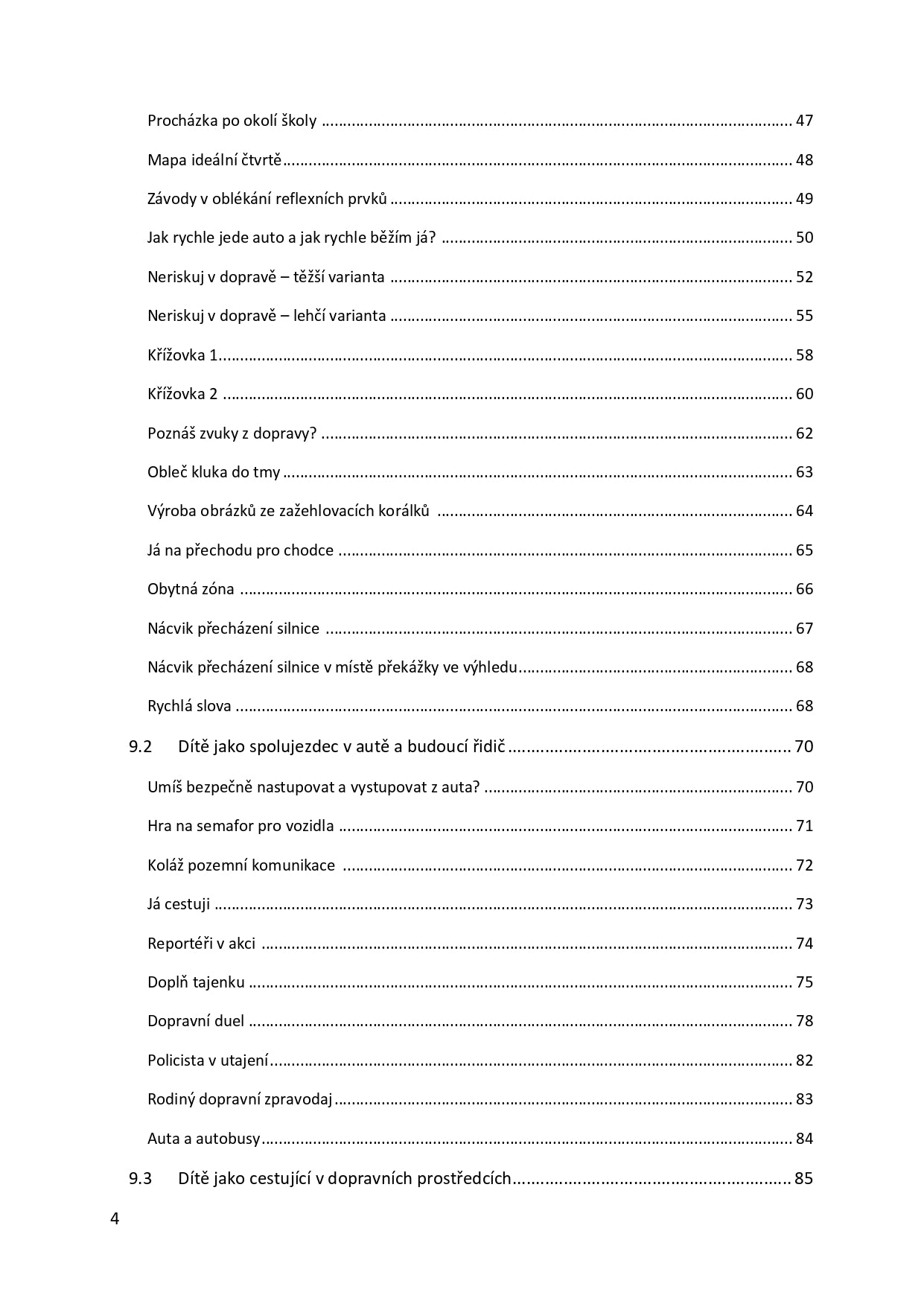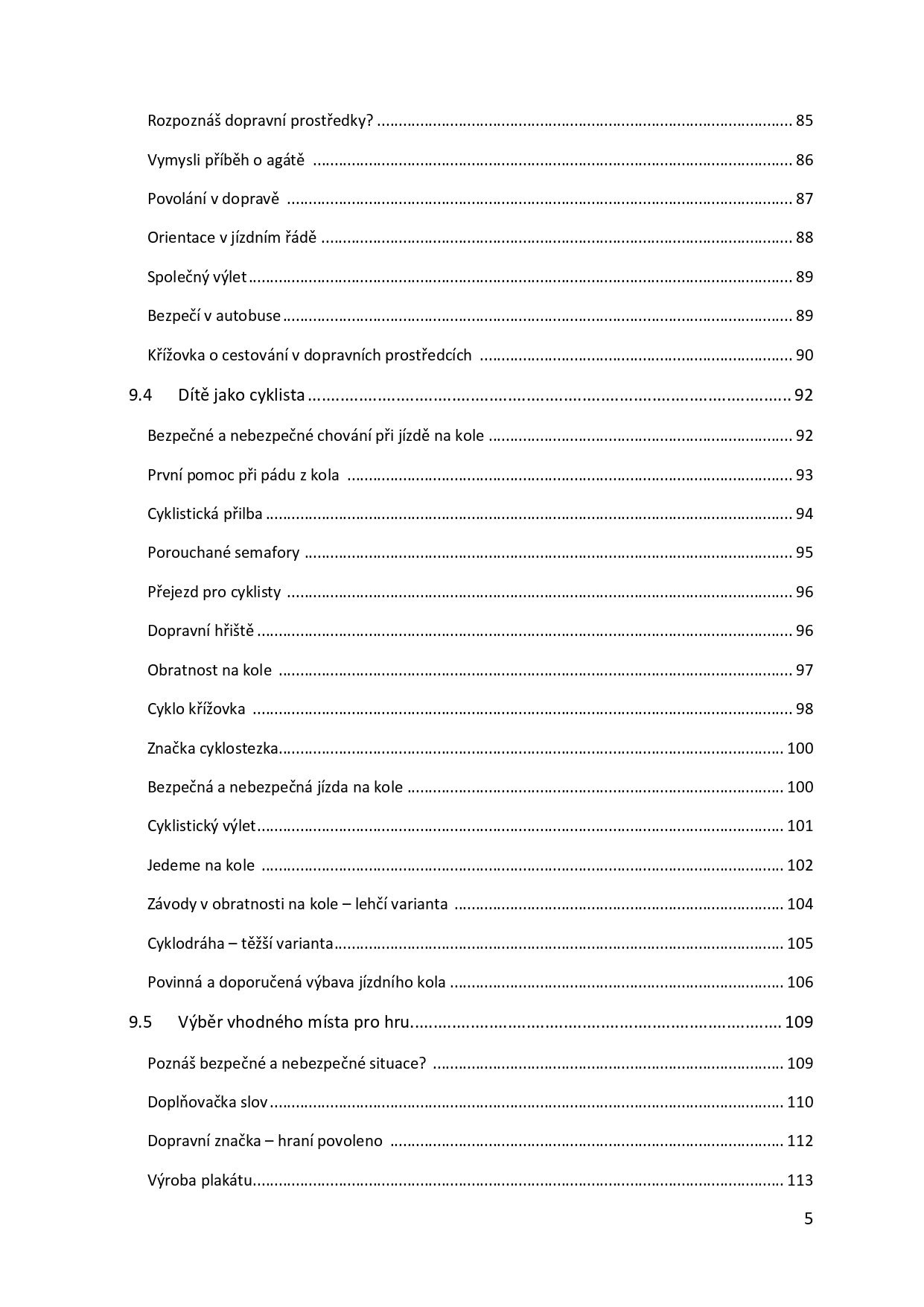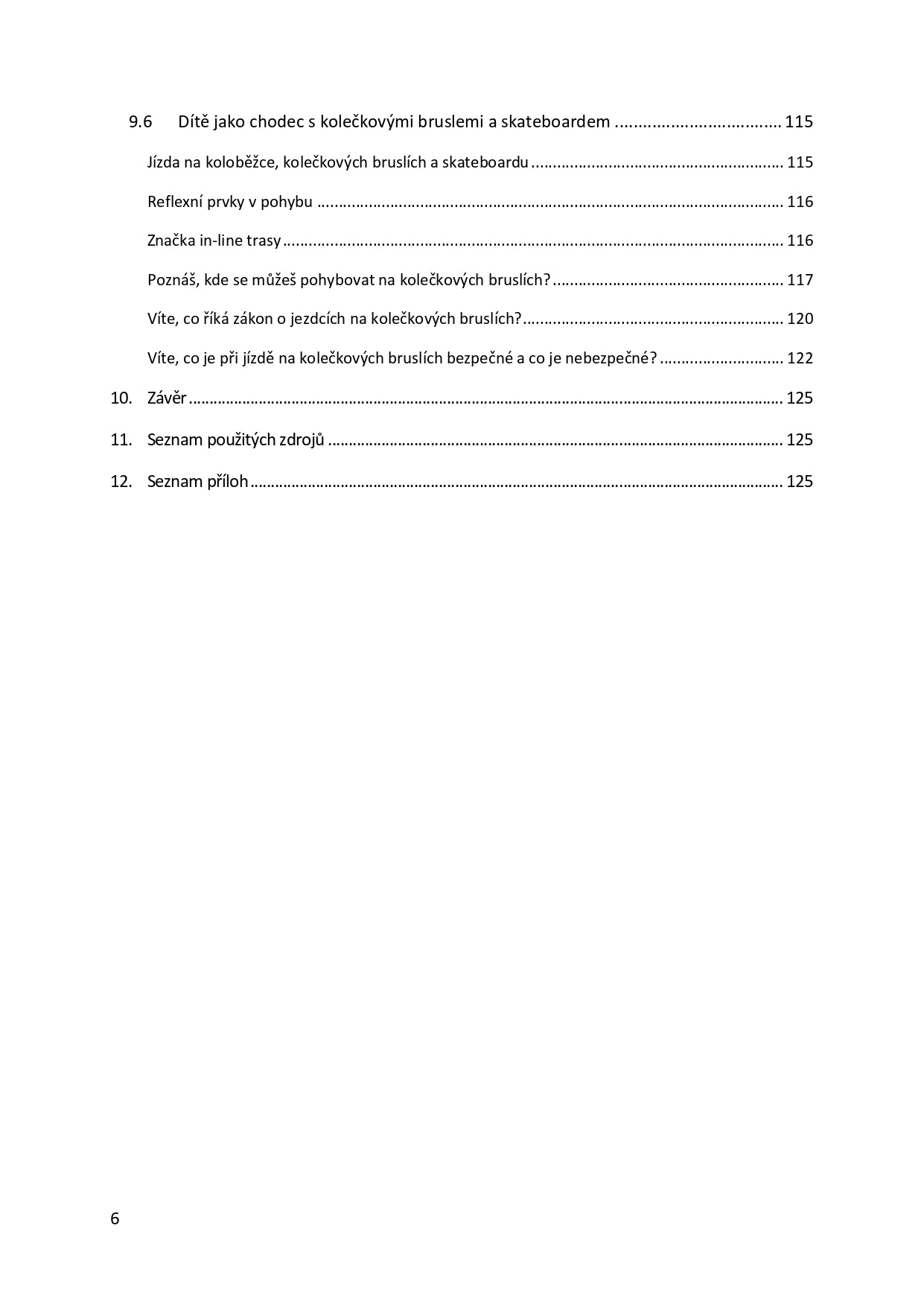E-book
Traffic education methodology for school groups and extracurricular facilities
Traffic education methodology for school groups and extracurricular facilities
Couldn't load pickup availability
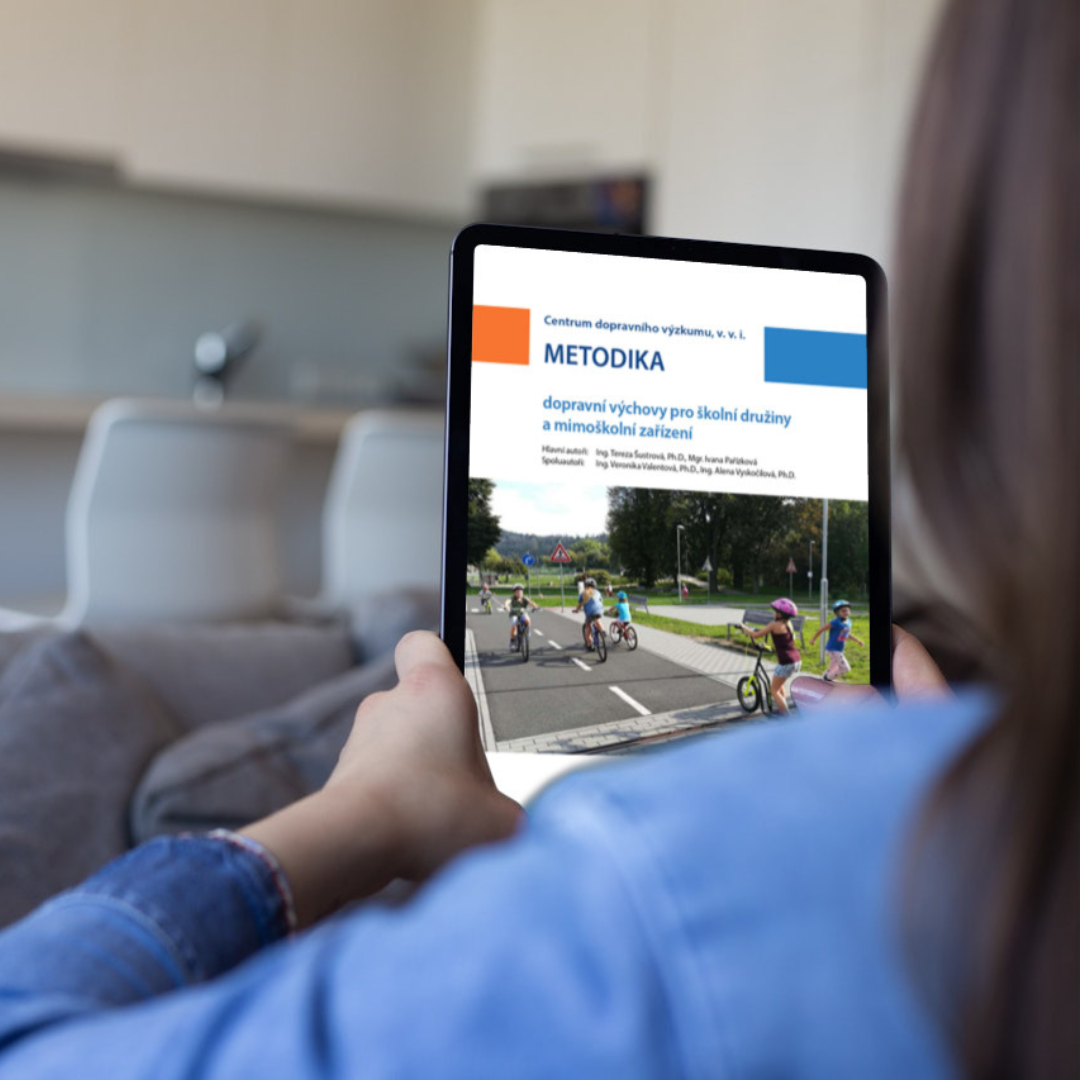
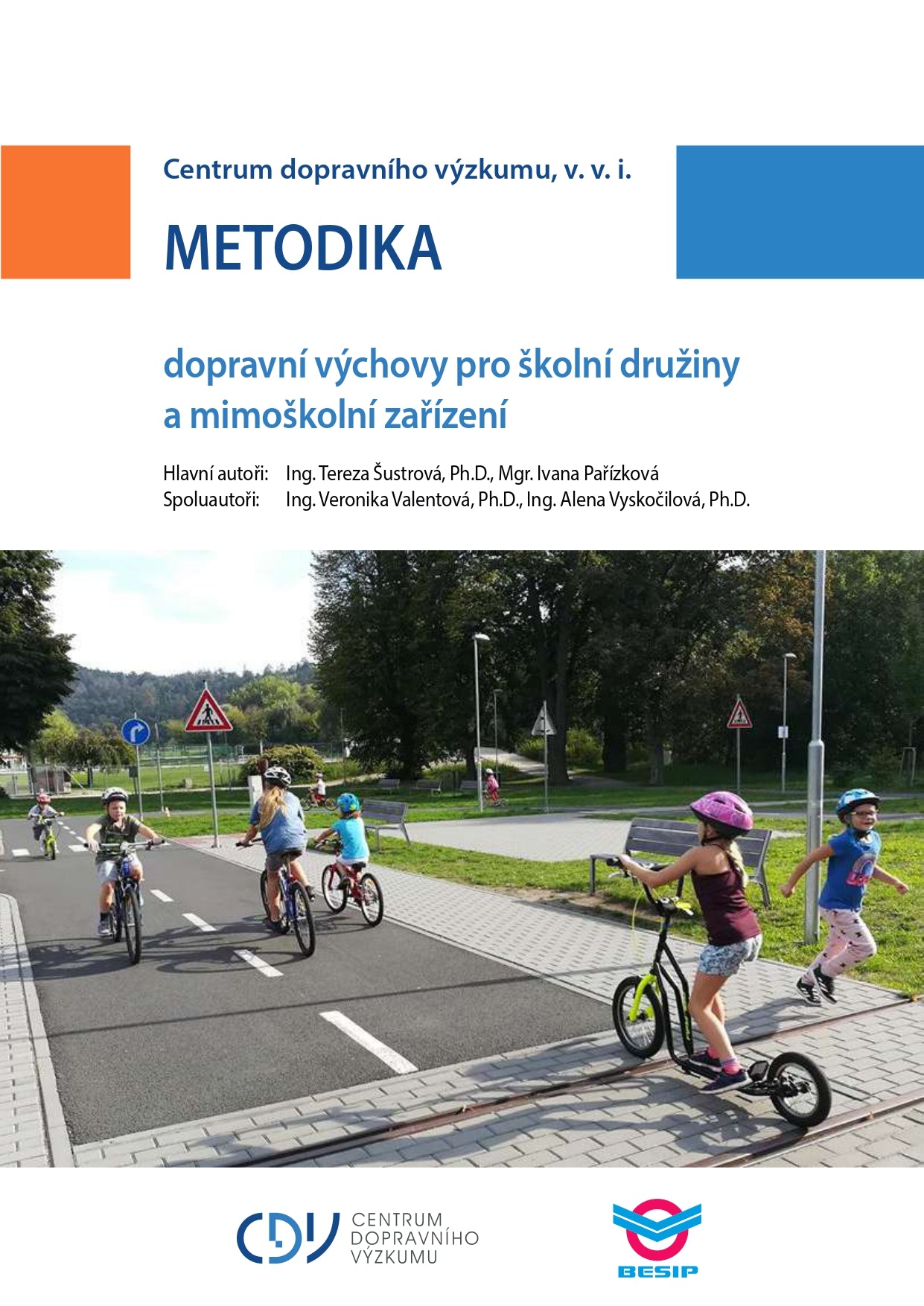
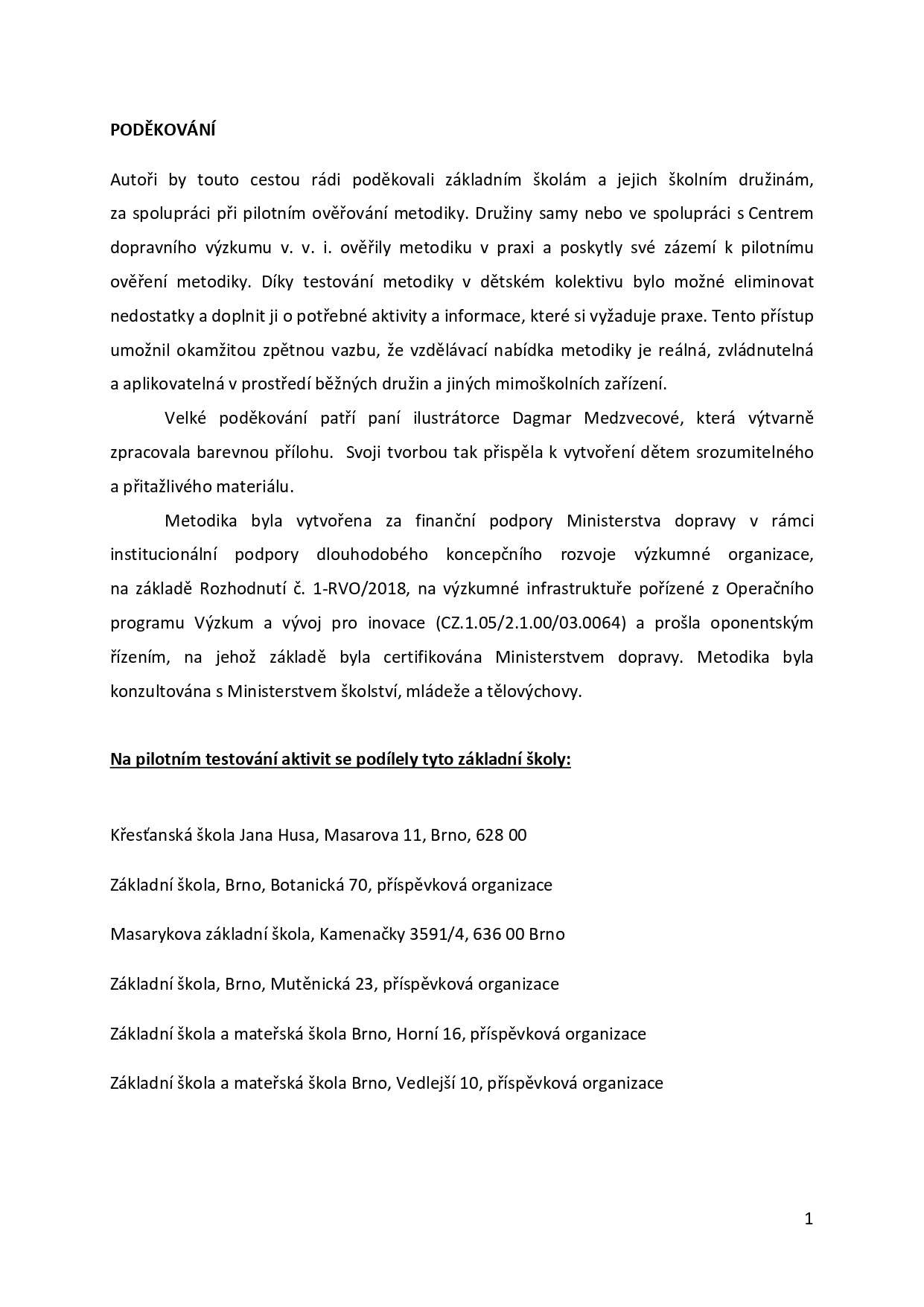
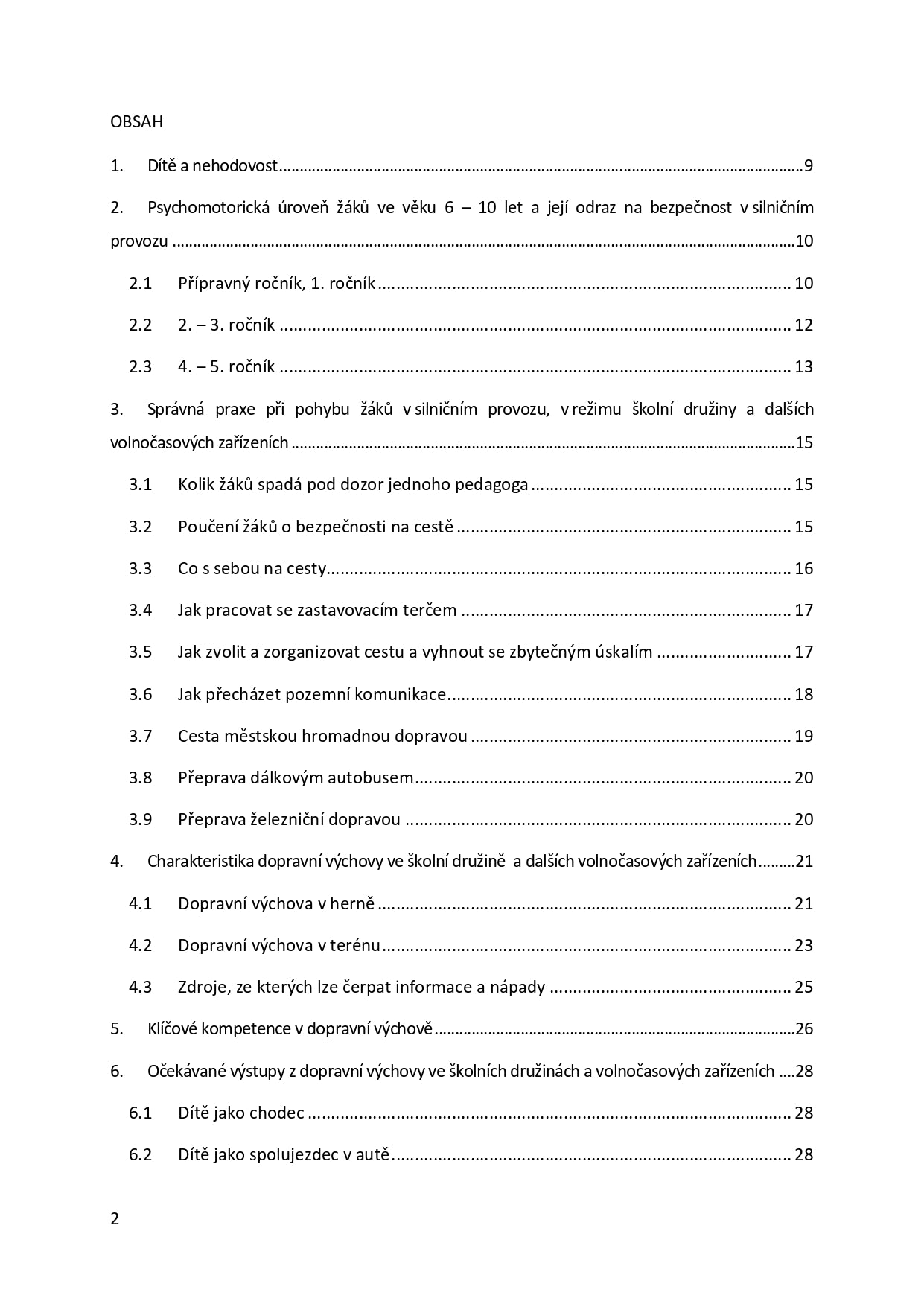


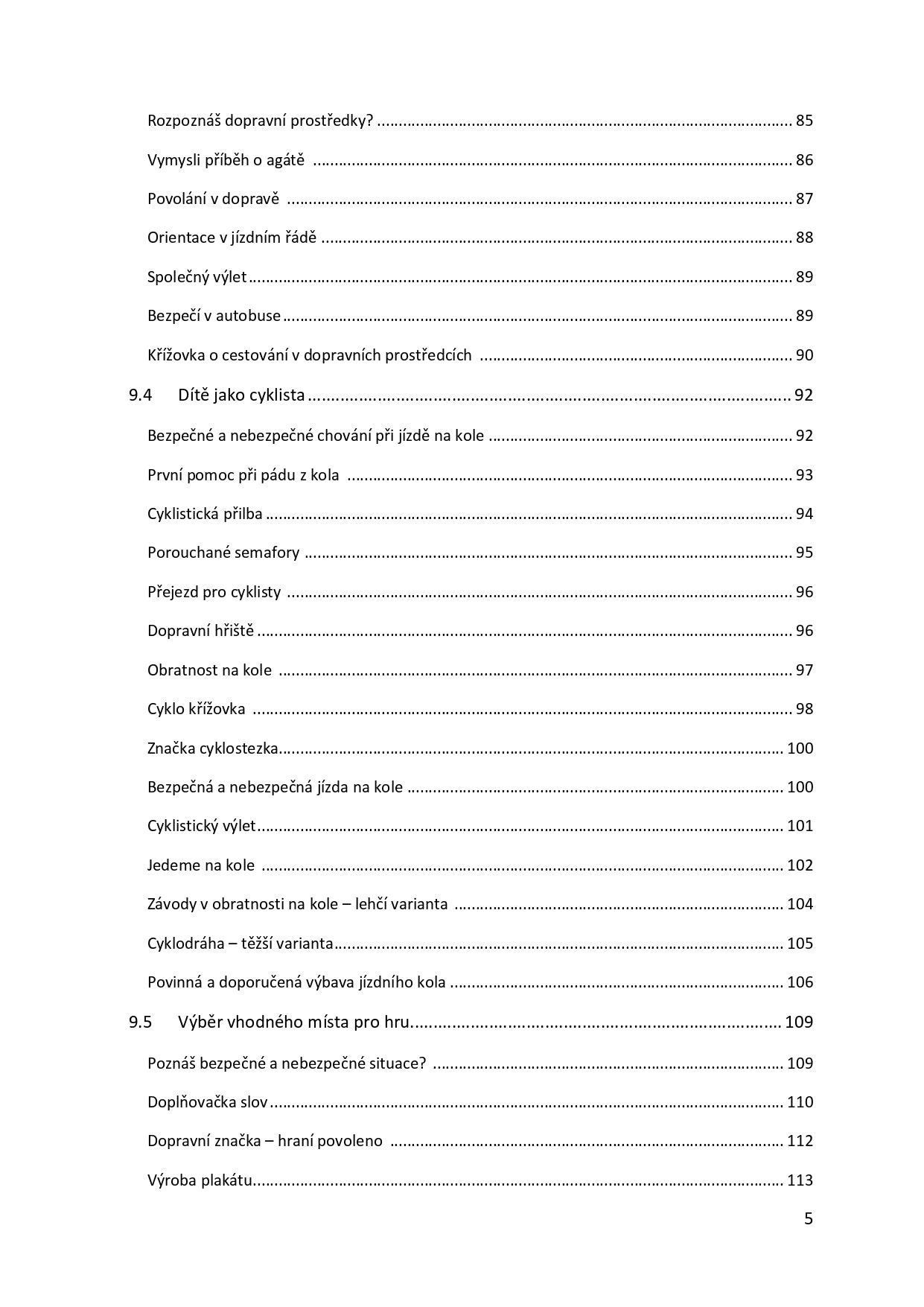
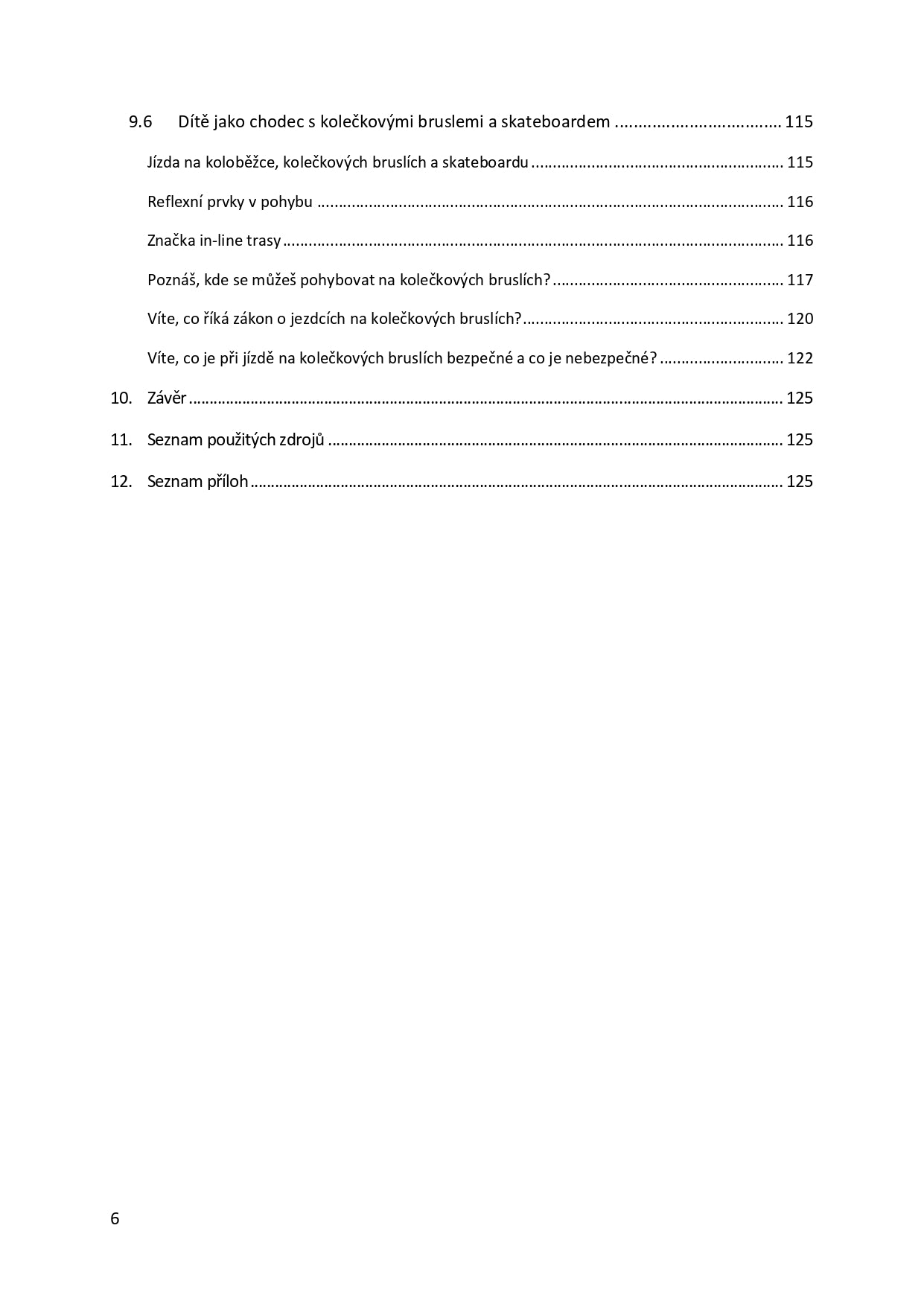
Detail
Author
- Sustrová T.
- Parízková I.
- Valentová V.
- Vyskočilová A.
Content
1. Child and accident rate
2. Psychomotor level of pupils aged 6-10 and its impact on road safety
operation
2.1 Preparatory year, 1st year
3. Correct practice in the movement of pupils in road traffic, in the regime of school groups and other leisure facilities
3.1 How many pupils fall under the supervision of one teacher
3.2 Teaching pupils about road safety
3.3 What to take with you on trips
3.4 How to work with a stop target
3.5 How to choose and organize a route and avoid unnecessary pitfalls
3.6 How to cross roads
3.7 Travel by public transport
3.8 Transportation by long-distance bus
3.9 Transportation by rail
4. Characteristics of traffic education in school clubs and other leisure facilities
4.1 Traffic education in the playroom
4.2 Traffic education in the field
4.3 Sources from which information and ideas can be drawn
5. Key competences in traffic education
6. Expected outputs from traffic education in school groups and leisure facilities
6.1 A child as a pedestrian
6.2 A child as a passenger in a car
6.3 Child as a passenger in public transport
6.4 A child as a cyclist
6.5 Choosing a suitable place for the game
6.6 A child as a pedestrian with roller skates and a skateboard
7. Risks that limit and threaten traffic education in school groups and leisure facilities
8. Practical advice for preschool teachers to implement some activities in the field of traffic education
8.1 Types of traffic signs
8.2 How pupils should safely cross the road
8.3 What are reflective elements
8.4 What is an organized body
8.5 Residential Zone
8.6 How to properly put on a bicycle helmet
8.7 What is included in the mandatory bicycle equipment?
8.8 What do the instructions of the policeman directing the traffic mean?
8.9 Crossing for cyclists
8.10 Traffic sign "Cycling path"
8.11 What rules apply to the movement of a pedestrian on roller skates?
9. Presented activities for working with children
9.1 A child as a pedestrian
9.2 The child as a passenger in the car and the future driver
9.3 Child as a passenger in transport
9.4 A child as a cyclist
9.5 Selection of a suitable place for the game
9.6 A child as a pedestrian with roller skates and a skateboard
Dedication
The methodology was created with the financial support of the Ministry of Transport as part of institutional support for the long-term conceptual development of a research organization, based on Decision No. 1-RVO/2018, on the research infrastructure acquired from the Operational Program Research and Development for Innovation (CZ.1.05/2.1.00/ 03.0064).
Colophon
Year of publication
2018
